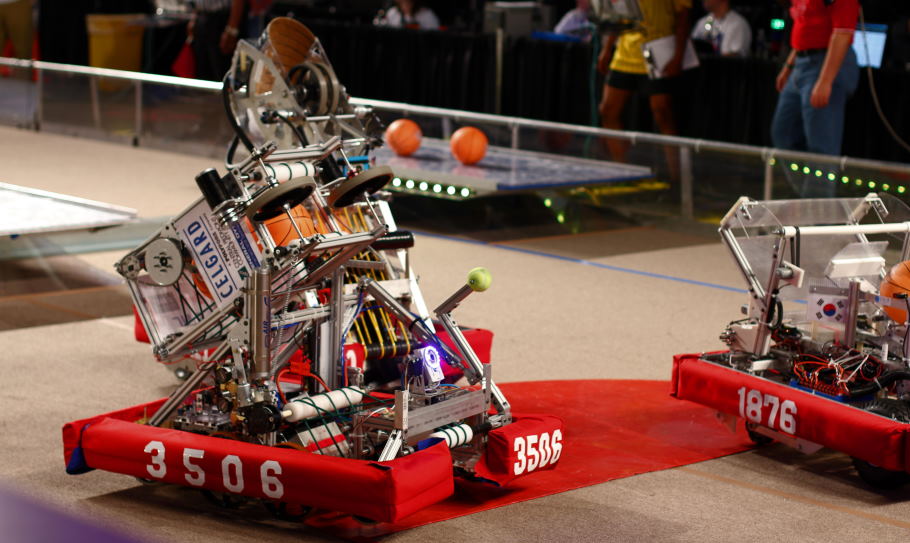
The Robotics Competition: A Guide for Aspiring Engineers
The robotics competition: a guide for aspiring engineers is usually enjoyable, but they are much more so when they involve children or people who desire to discover new things. But everything is unique when it comes to robotics competitions. Robot contests bring together individuals from various age groups, including students, experts, and enthusiasts, to collaborate on more difficult robotics projects.
This will create new opportunities that will spur inventions. Robotics competitions important for education provide direct comparisons between various methods for completing tasks. The competing teams must use their robots in a different setting and at a particular time than their labs.
Professional robotics competition
Professional robotics competitions allow for directly comparing the many methods used in robot design and control.
When referring to kids, these robotics events allow them to learn about the field of robotics, computer programming, and robot design. It also enables them to use their theoretical concepts while creating robot designs. The most well-known robotics contests are those for autonomous vehicles and robotic soccer events like RoboCup and FIRA.

World Robot Games
It is a forum for robot contests devoted to science, technology, and education. WRO’s goal is to encourage the younger generation to become more creative and adept at finding solutions in a fun and engaging way. WRO is a stand-alone nonprofit corporation. The money raised will go toward their international aim to promote STEM education and robotics.
Initially created for concurrent programming, formal approaches are now being used to research robot motion schedules. Robotics-specific difficulties, including uncertainty and time restrictions, have prompted both expansions of current approaches and whole new approaches. The goal of this challenge is to spur improvements in formal techniques of verification for transition systems.

Challenges in Manipulation
Applications to challenges in manipulation as well as multi-robot cooperation and motion planning. The work is divided into three problem areas: arbitrary dimensions, double integrators, roadways with Dubins automobiles, and construction manipulations.
Construct your robot hardware or software to attempt reduced versions of the main task of collecting goods from shelves as part of this competition. The robots will be given a fixed, sparsely stocked inventory shelf and instructed to choose a portion of the items and place them on a table. Object identification, posture recognition, grip planning, compliant manipulation, trajectory planning, task planning, task execution, and fault detection and recovery are all included in this challenge.
Benefits of participating in robotic competitions like a course created and constructed by the adjunct professors for the program, students build robots that carry out a set of predetermined tasks. Providing each class of students a distinctive experience by applying their knowledge and abilities to a mock real-world situation, the course seems to have a different focus each year.